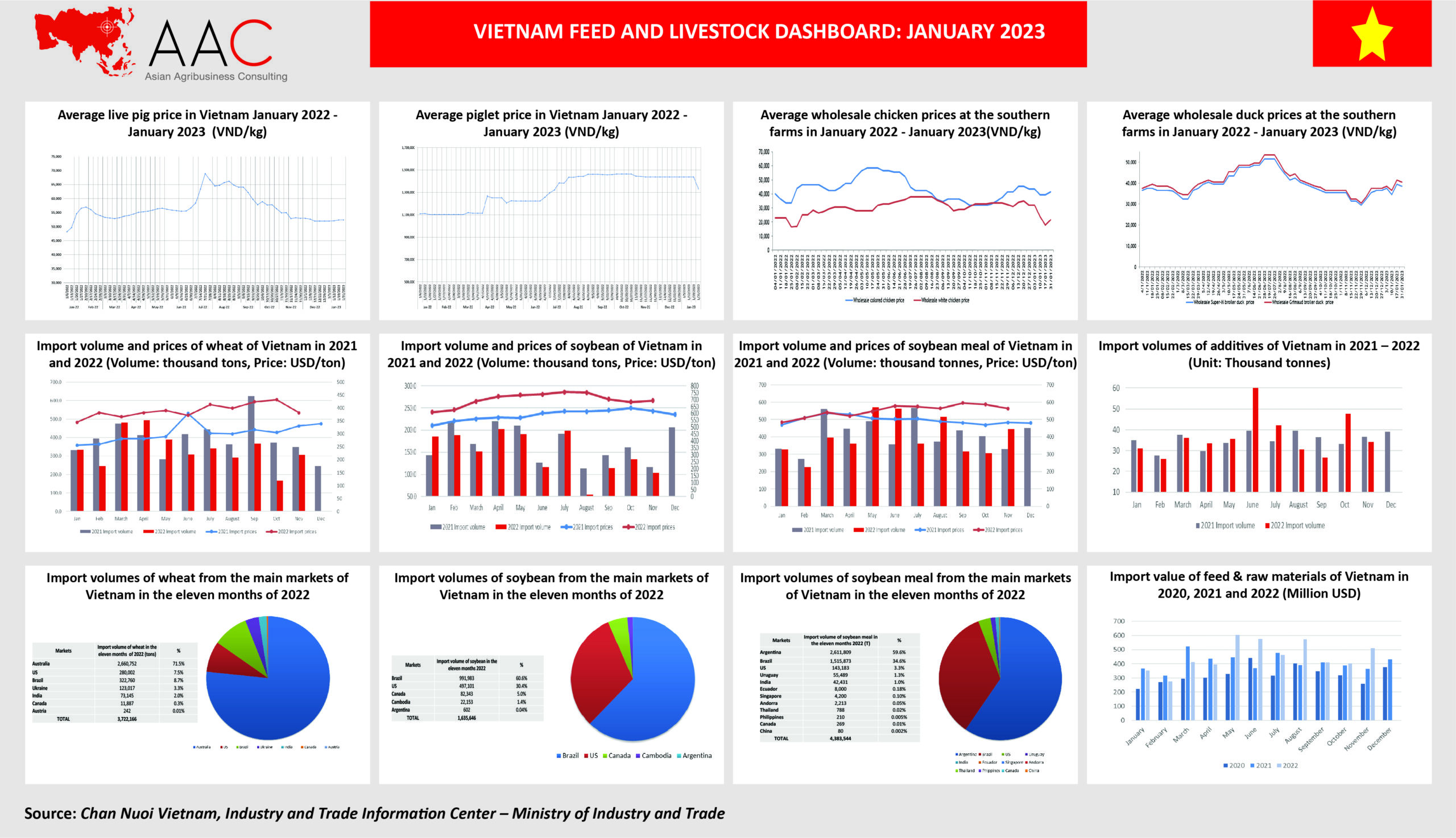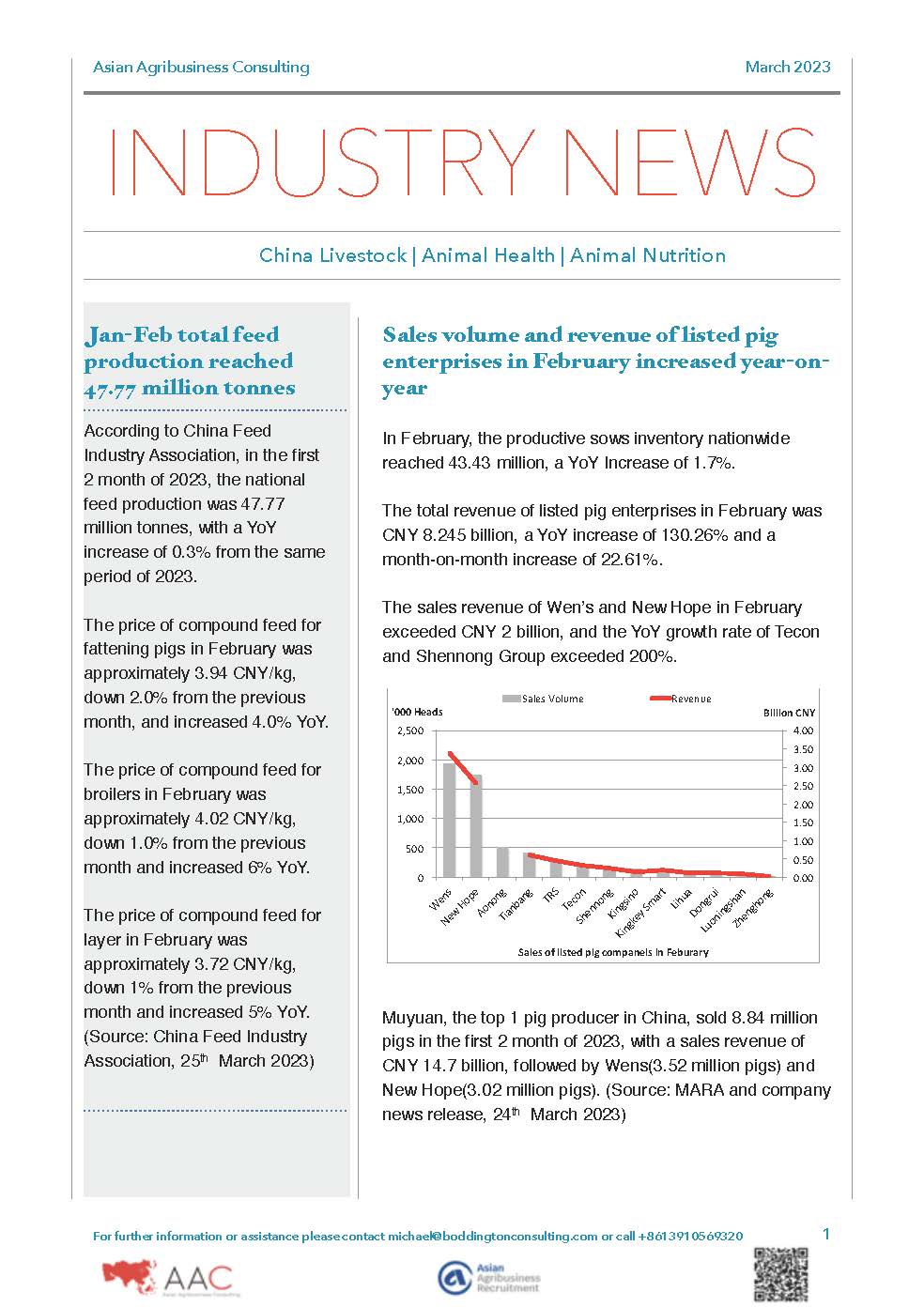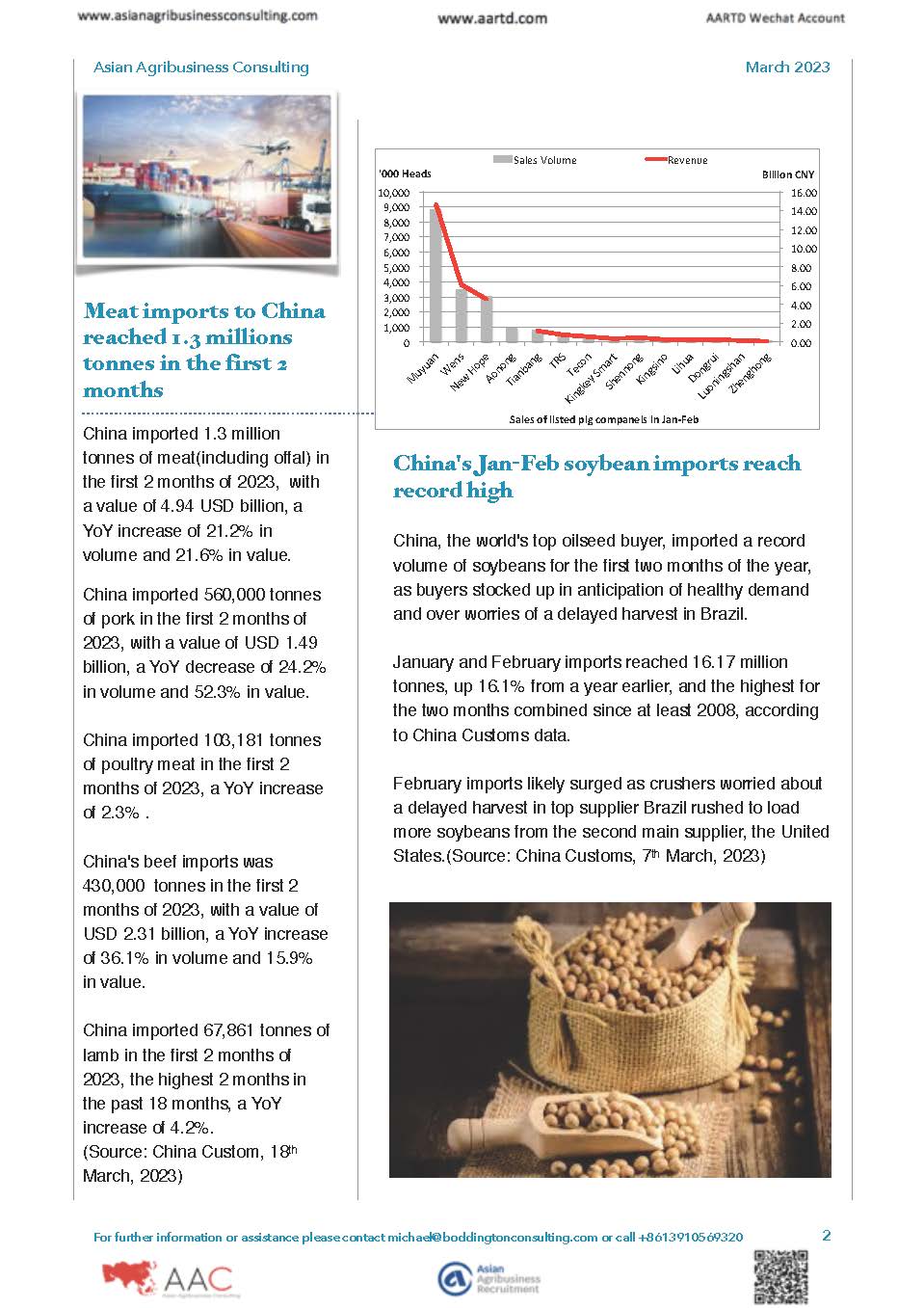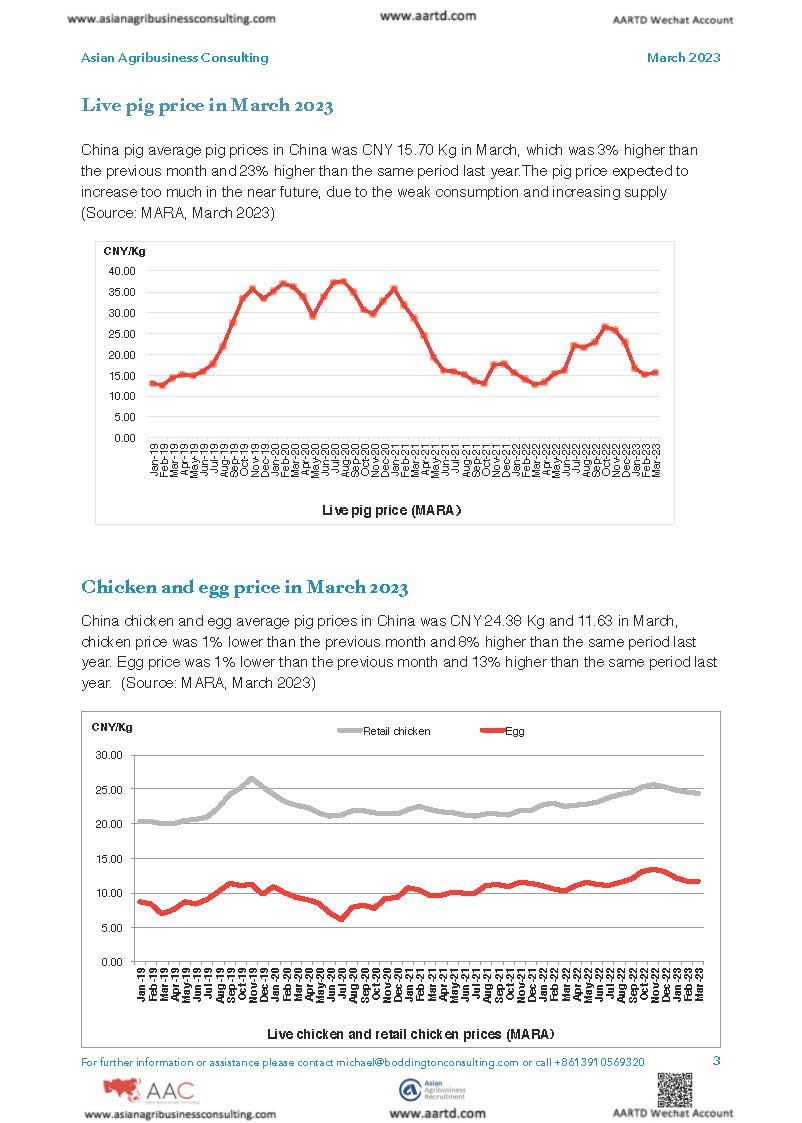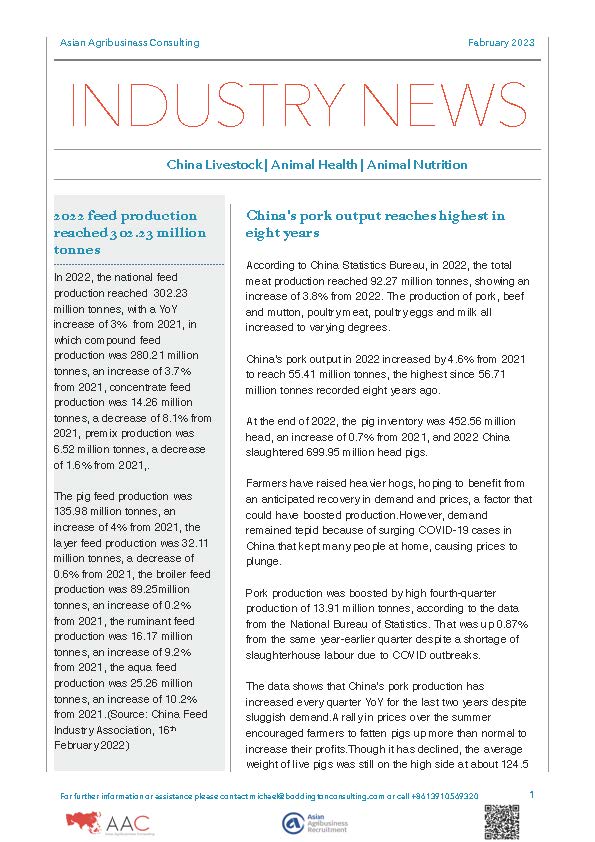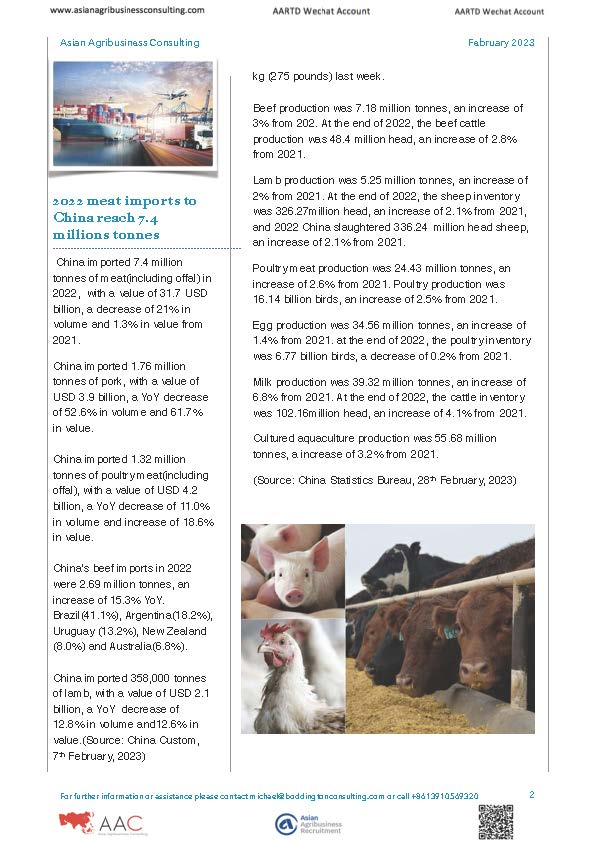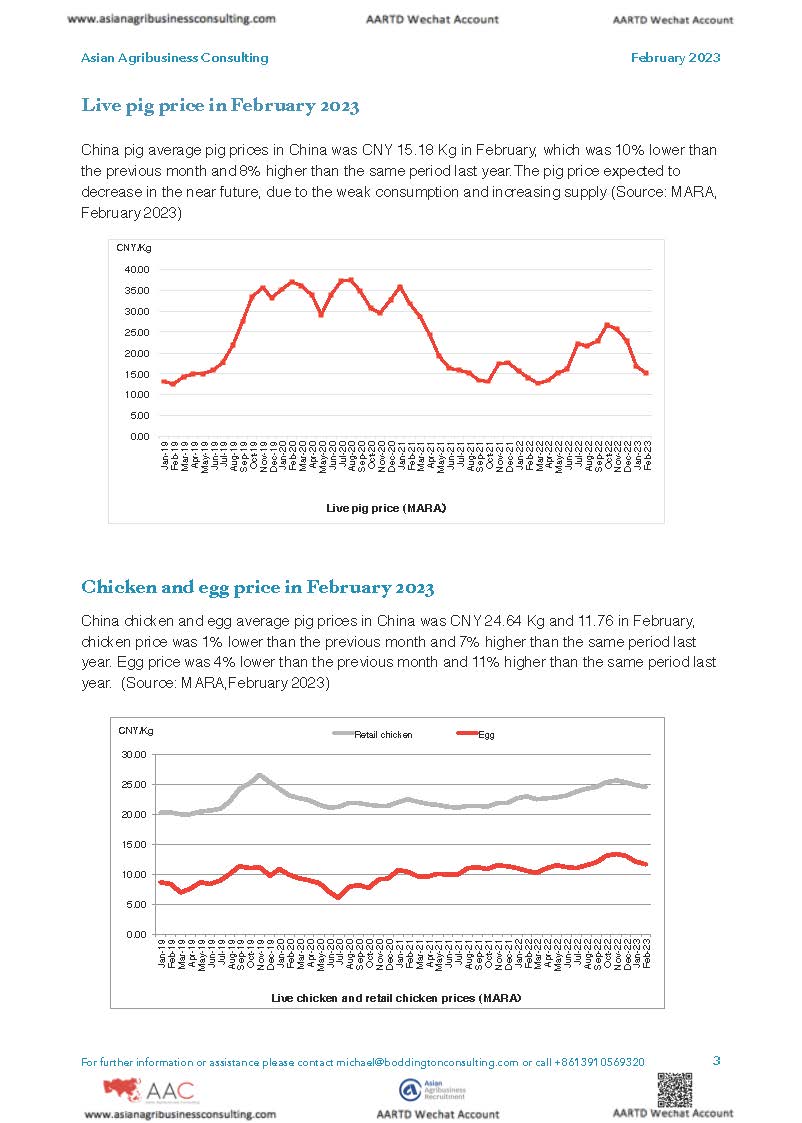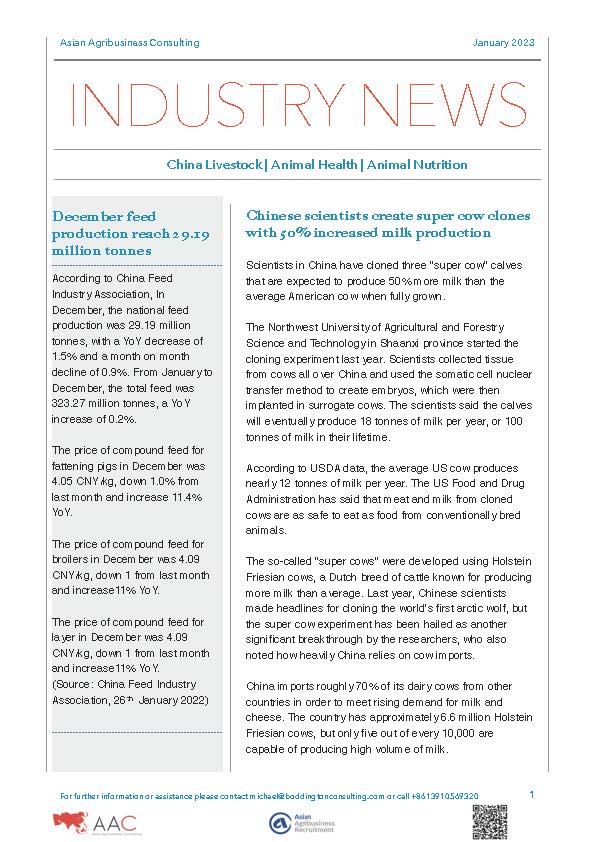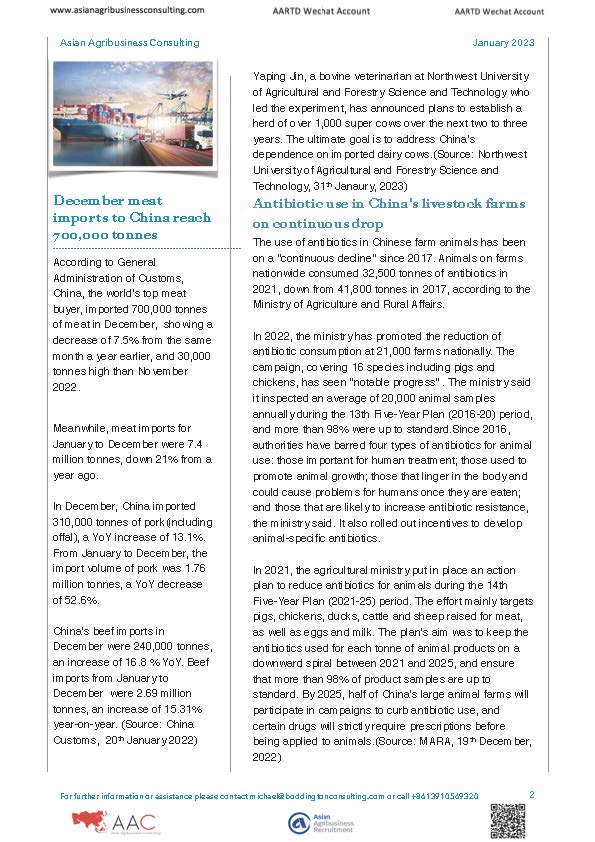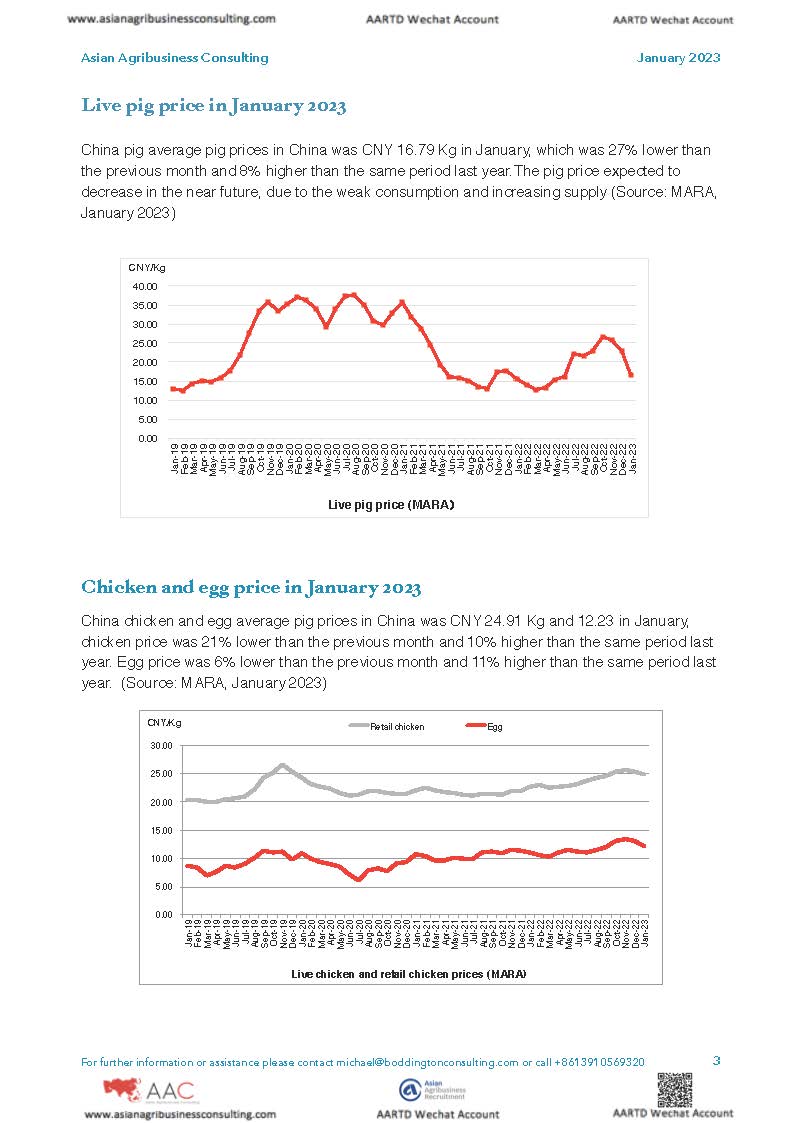Comments Off on China March Livestock, animal health & nutrition
China March Livestock, animal health & nutrition
Comments Off on China February Livestock, animal health & nutrition
China February Livestock, animal health & nutrition
Comments Off on China January Livestock, animal health & nutrition
China January Livestock, animal health & nutrition
Comments Off on Vietnam Feed and Livestock Dashboard: March 2023
Vietnam Feed and Livestock Dashboard: March 2023
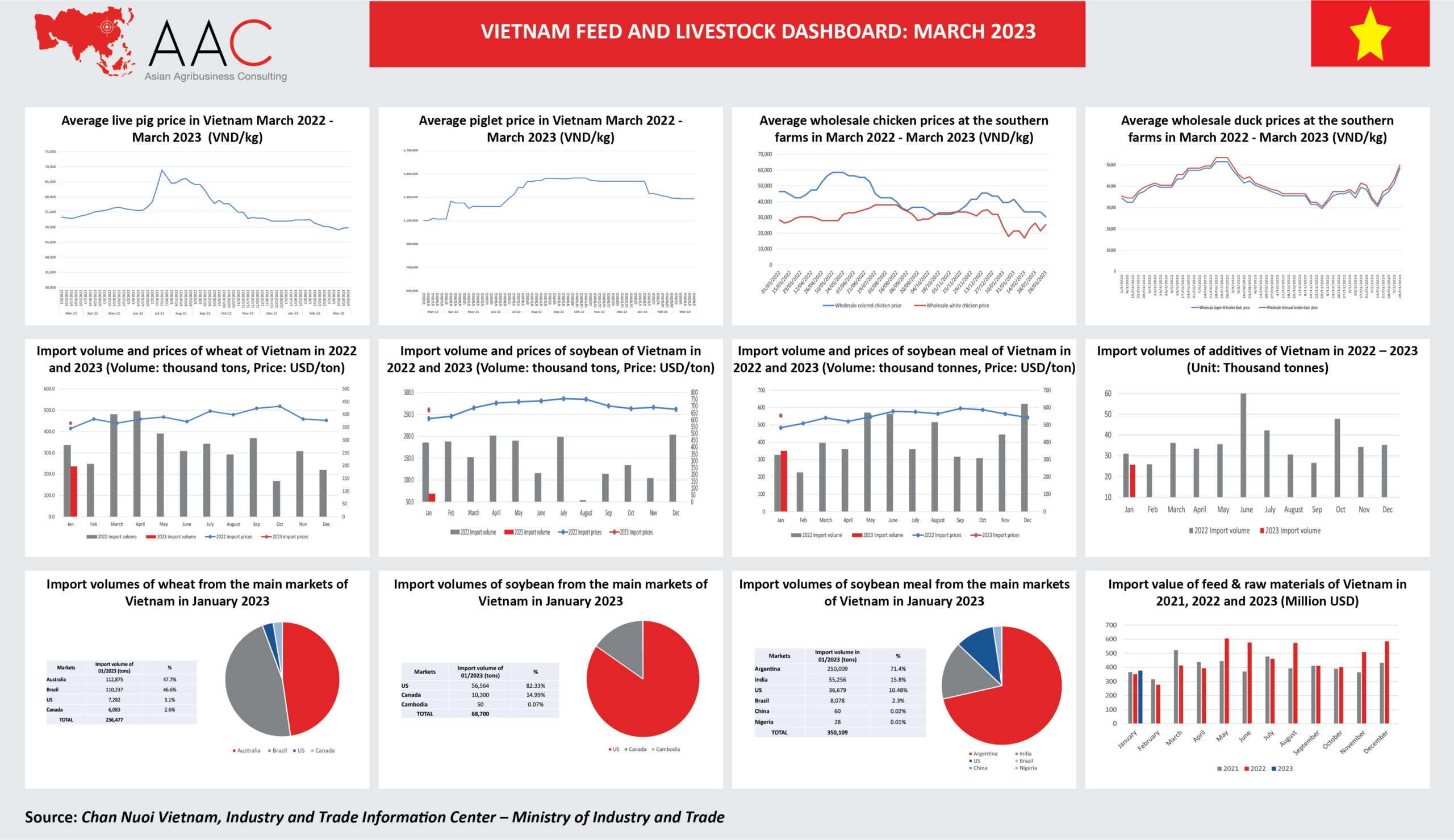
Comments Off on China Feed and Livestock Dashboard: June 2023
China Feed and Livestock Dashboard: June 2023
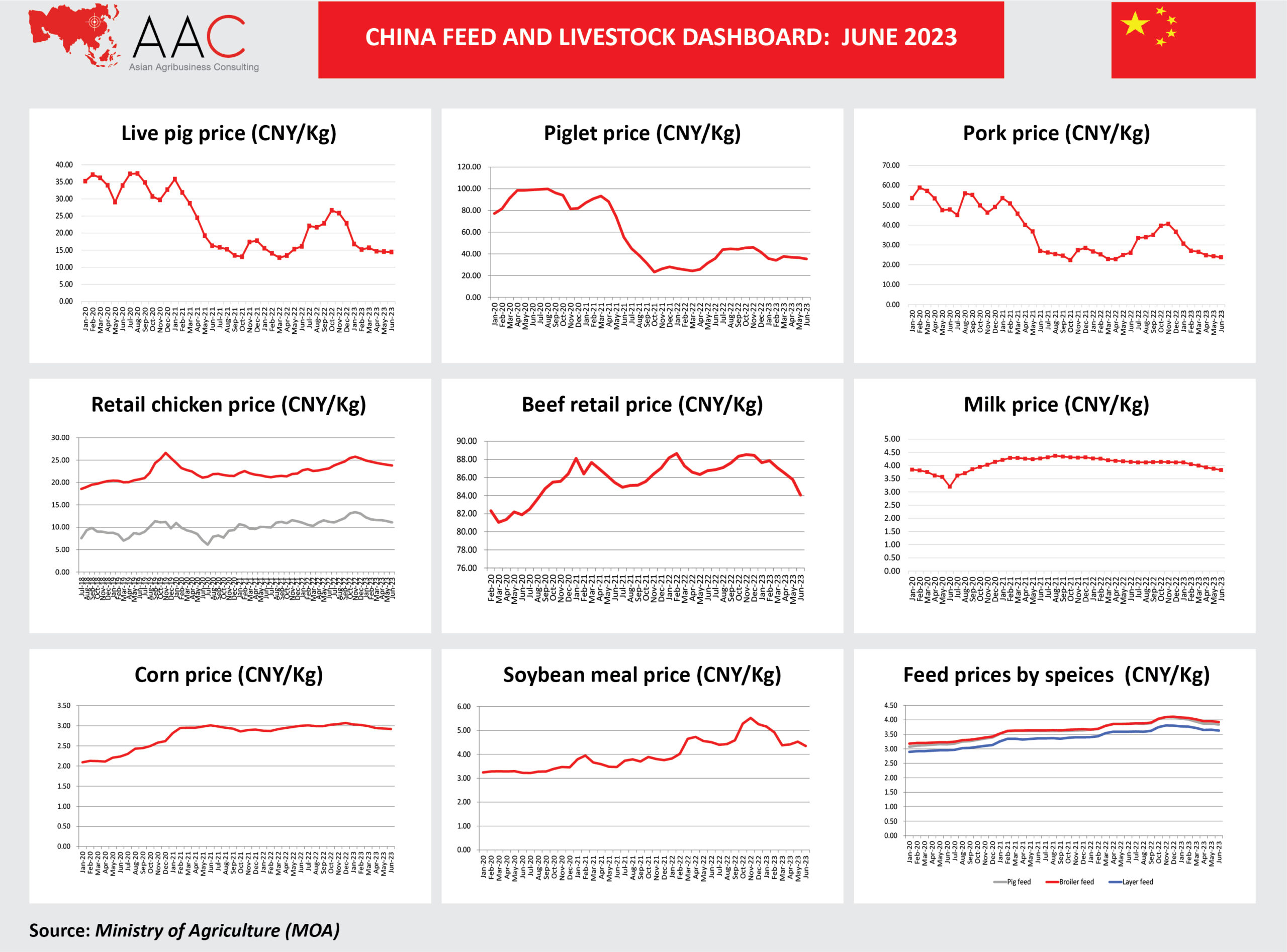
Comments Off on Vietnam Feed and Livestock Dashboard: June 2023
Vietnam Feed and Livestock Dashboard: June 2023
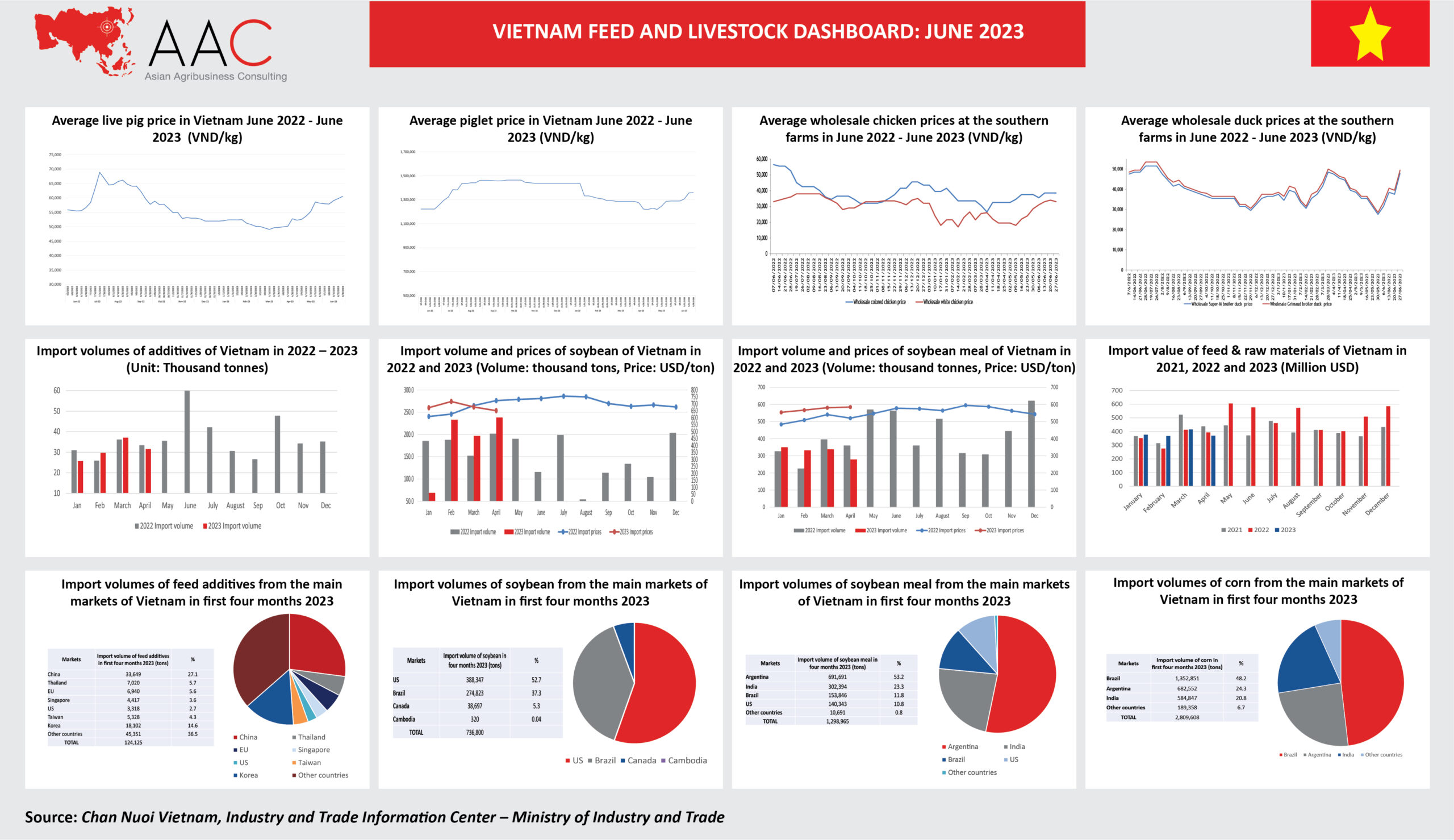
Comments Off on China Feed and Livestock Dashboard: February 2023
China Feed and Livestock Dashboard: February 2023
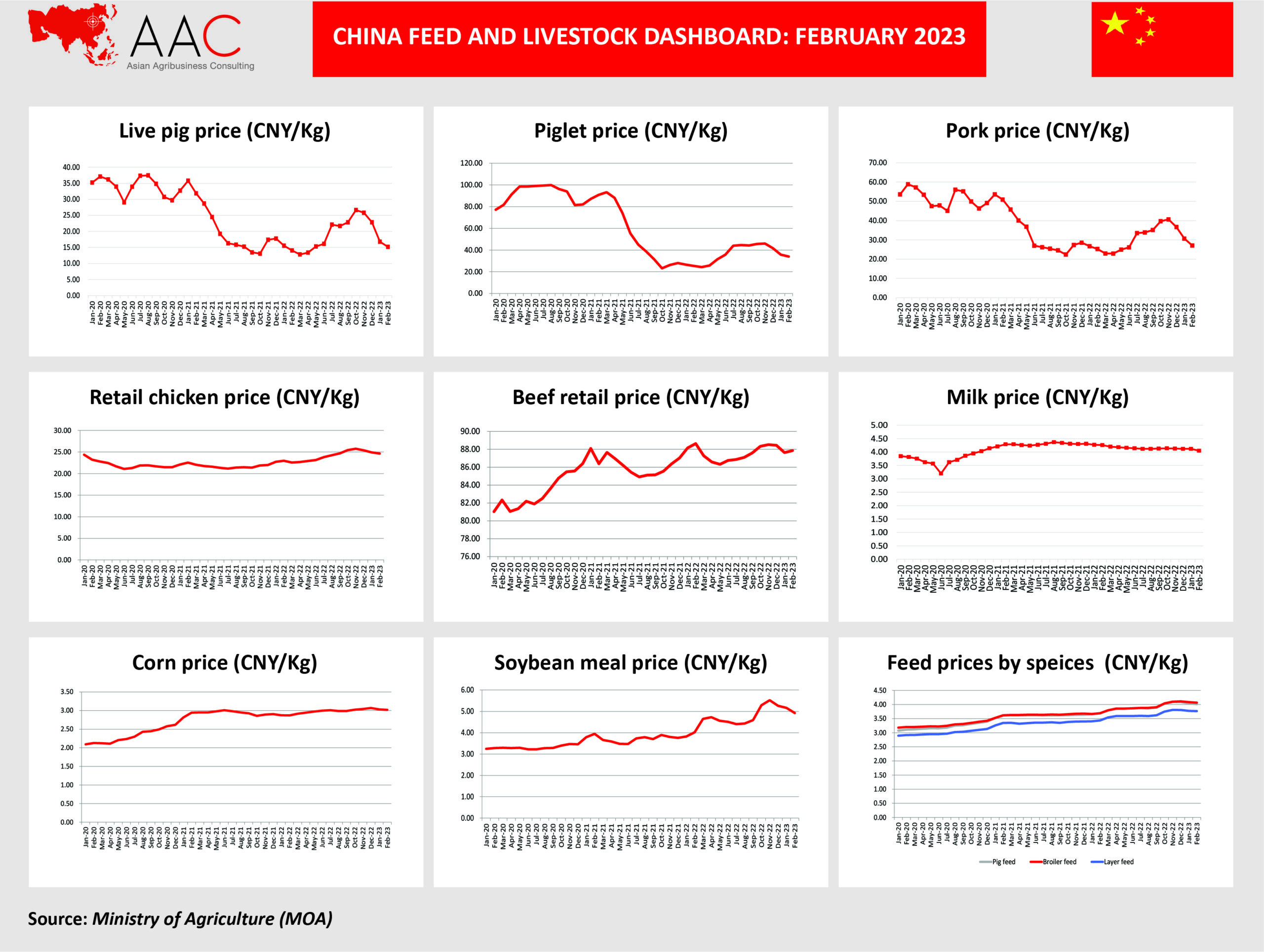
Comments Off on China Feed and Livestock Dashboard: January 2023
China Feed and Livestock Dashboard: January 2023
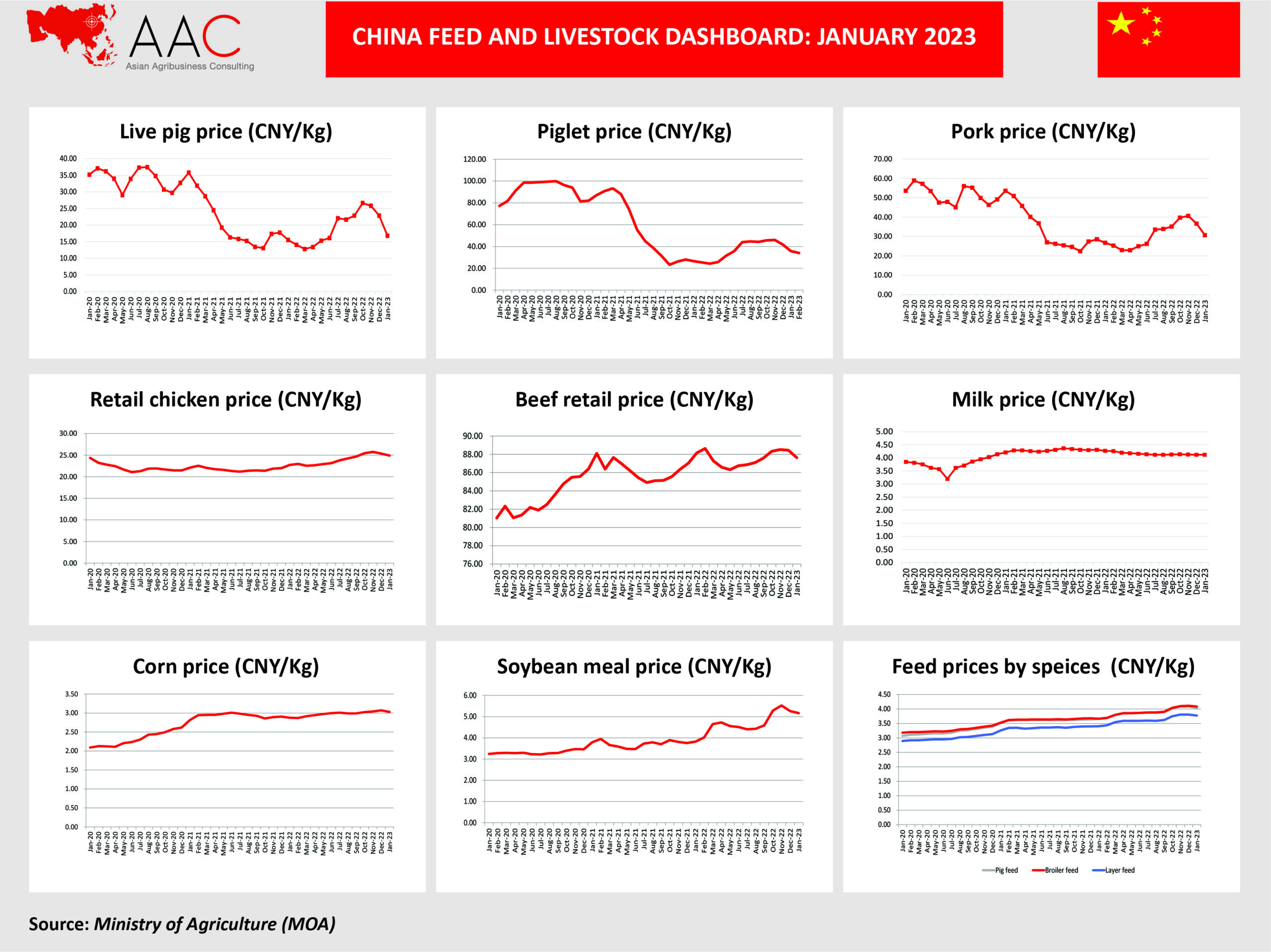
Comments Off on Vietnam Feed and Livestock Dashboard: February 2023
Vietnam Feed and Livestock Dashboard: February 2023

Comments Off on Vietnam Feed and Livestock Dashboard: January 2023
Vietnam Feed and Livestock Dashboard: January 2023
